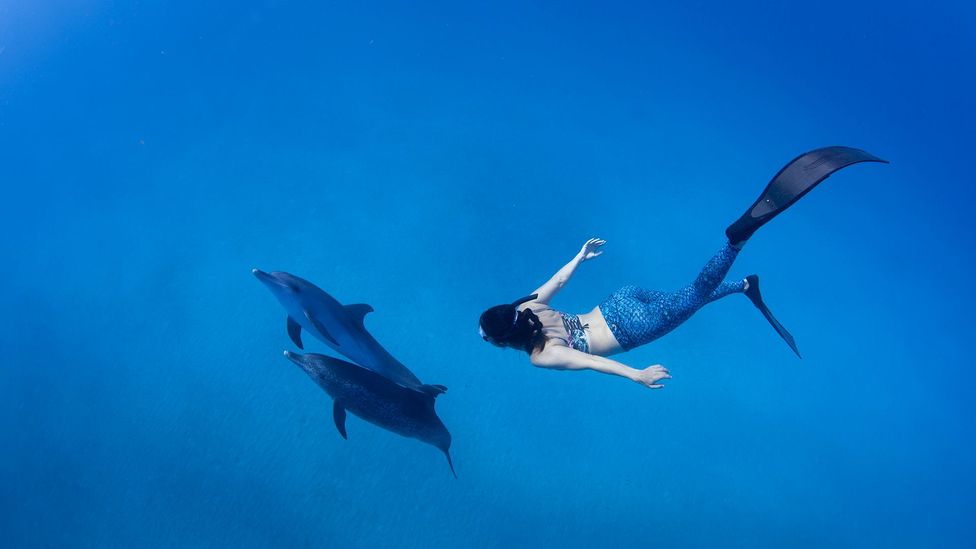Freediving is a sport without scuba diving equipment where divers rely only on their lung capacity to explore the ocean depths. It is a unique and challenging sport that has captivated adventurers around the world. Through freediving, people can explore the unexplored depths of the ocean and encounter fascinating creatures such as sharks, dolphins, and whales. Different types of freediving offer distinct challenges and objectives, including constant weight freediving, free immersion freediving, and no-limits freediving. However, freediving is also a dangerous sport that poses risks such as hypoxia and nitrogen narcosis. As such, it is essential to undergo proper training with trained professionals and prioritize safety above all else.
Hold Your Breath: The Adventure of Freediving in Ocean Depths
The Basics of Freediving
Freediving is a style of diving that is carried out without the use of scuba equipment. During freediving, the diver relies on their lung capacity and breath-holding ability to explore the ocean depths. Freediving is regarded as a unique and demanding sport that has captivated the attention of many adventurers across the world.
The Fascinating World of Freediving
Freediving has allowed divers to unlock the vast and unexplored depths of the ocean. The ocean floor is home to some of the world’s most captivating and awe-inspiring species such as sharks, dolphins, and whales. Freediving provides an opportunity to have an unforgettable encounter with some of these fascinating creatures. The sport also offers stunning views of coral reefs, underwater caves, and shipwrecks.
The Different Types of Freediving
There are many types of freediving, each with distinct challenges and objectives. Here are some of them:
Constant Weight Freediving
Constant weight freediving is the most common type of freediving. This type of diving involves descending and ascending a single breath while holding onto a weighted sled. The weight is used to help the diver descend more rapidly while minimizing energy expenditure.
Free Immersion Freediving
Free immersion freediving is a type of freediving that involves using a line to descend and ascend. This type of diving is done without any fins, and the diver pulls themselves down and up using the line.
No-Limits Freediving
No-limits freediving is among the most extreme types of freediving. In this type of diving, the freediver uses a weighted sled or a balloon to descend quickly to the ocean floor. They then return to the surface by inflating the balloon, which pulls them up.
The Risks of Freediving
Freediving is among the most challenging and dangerous sports. The risks of freediving include hypoxia, which is the lack of oxygen in the body due to prolonged breath-holding, nitrogen narcosis, which is caused by the increased pressure of the water depths, and shallow water blackouts, which occur when the freediver’s brain is deprived of oxygen during ascent. Additionally, several factors such as the tides, marine life, currents, and weather can pose significant risks to freedivers.
The Importance of Trained Professionals
Due to the inherent risks of freediving, it is crucial to seek professional training before attempting the sport. Proper training helps the diver develop necessary skills such as increasing their lung capacity, controlling their breathing, and performing rescues. Trained officials also help ensure that the right equipment is used for different types of freediving and that safety procedures are followed.
The Bottom Line
In conclusion, freediving is an incredibly fascinating sport that has unlocked the secrets of the ocean depths. It offers a one-of-a-kind opportunity to explore the underwater world and witness some of nature’s most stunning creatures. However, while it is an exhilarating sport, it is also a dangerous one that requires proper training, equipment, and preparation. Freediving should always be done under the supervision of trained professionals who prioritize safety above all else.
